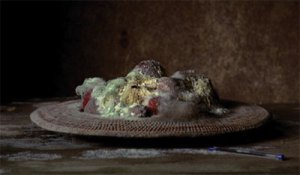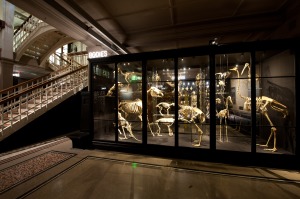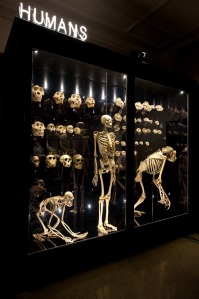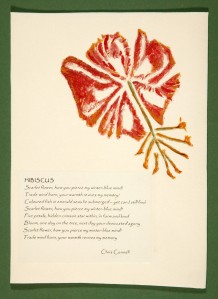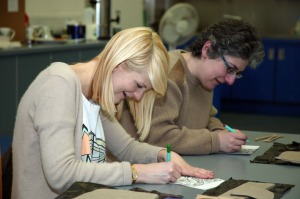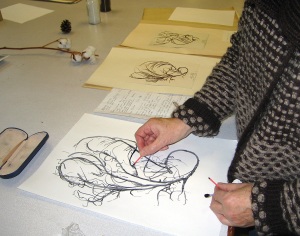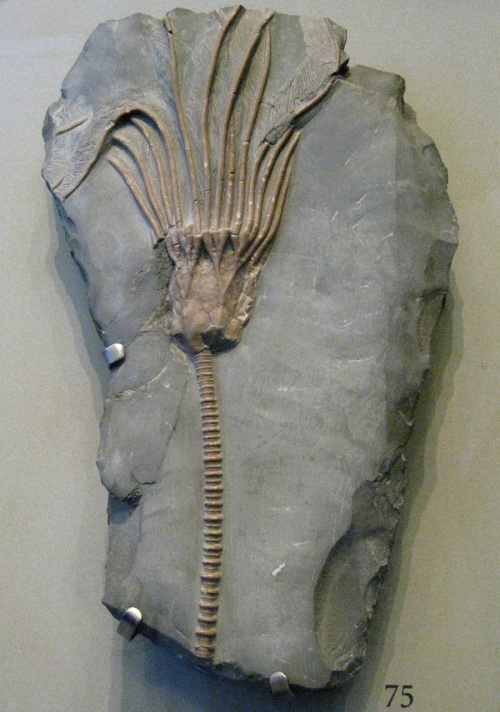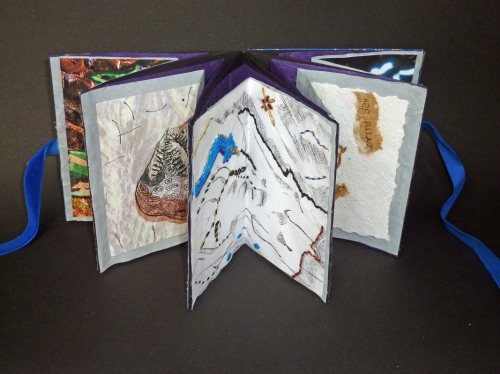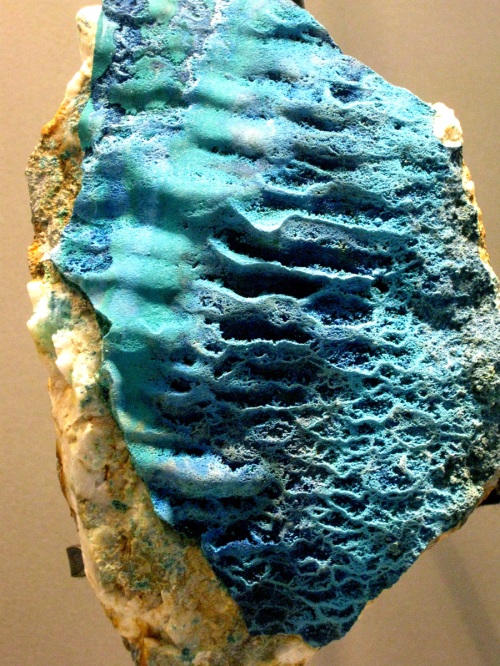To further pick up on David’s post, ‘Honesty and illusion in museums’: I think that one of the things we do to shelter ourselves from the reality of death is to run museums.
You might say then that the display of decaying animals in the Exploratorium in San Francisco is a defiance of this. Or that the museum is a dogged defiance of destruction which plays a far greater role in natural and human life on our planet than preservation.
The Journal of Material Culture in 2003 (Vol 8 (3)) was a special issue, about ephemerality. Using anthropological examples from around the world it shifts the focus from objects as fixed cultural property to considering them as objects and agents of transformation. More relevant to this blog perhaps than the anthropological examples from the 2003 volume is Caitlin DeSilvey’s article ‘Observed Decay: Telling stories with mutable things’ also in the Journal of Material Culture (2006, 11). (Thanks to Hannah Chalk for pointing me towards this.)
DeSilvey spent a few years poking around in the domestic and agricultural rubble of a derelict homestead in Montana. She tracks the cultural and natural residues of the human and non-human inhabitants. She suggests that degradation of an artefact adds another level of meaning to it which museums’ conservation procedures can eradicate: ‘…decay reveals itself not (only) as erasure but as a process that can be generative of a different kind of knowledge’ (p.323).
Finally, Sam Taylor-Wood’s video Still Life (2001) shows a bowl of fruit gradually decaying with a plastic biro staying exactly as it is. You can see it on You Tube.
In terms of museum practice it seems unlikely that many museums are going to start showing decaying objects. But what they do have is a lot of worn and broken objects which tend to be hidden in stores.
The Mary Greg Collection at Manchester Art Gallery is a collection of domestic artefacts some of which show signs of use, for example, a worn down wooden spoon. Participants in a programme of research and interpretation of the collection were drawn towards the objects which have clear evidence of use. They were dismayed when conservators replaced the head on a zebra from a set of Noah’s Ark animals ‘at once removing all trace of the narrative we originally cherished’. See the Mary Mary Quite Contrary Blog.

